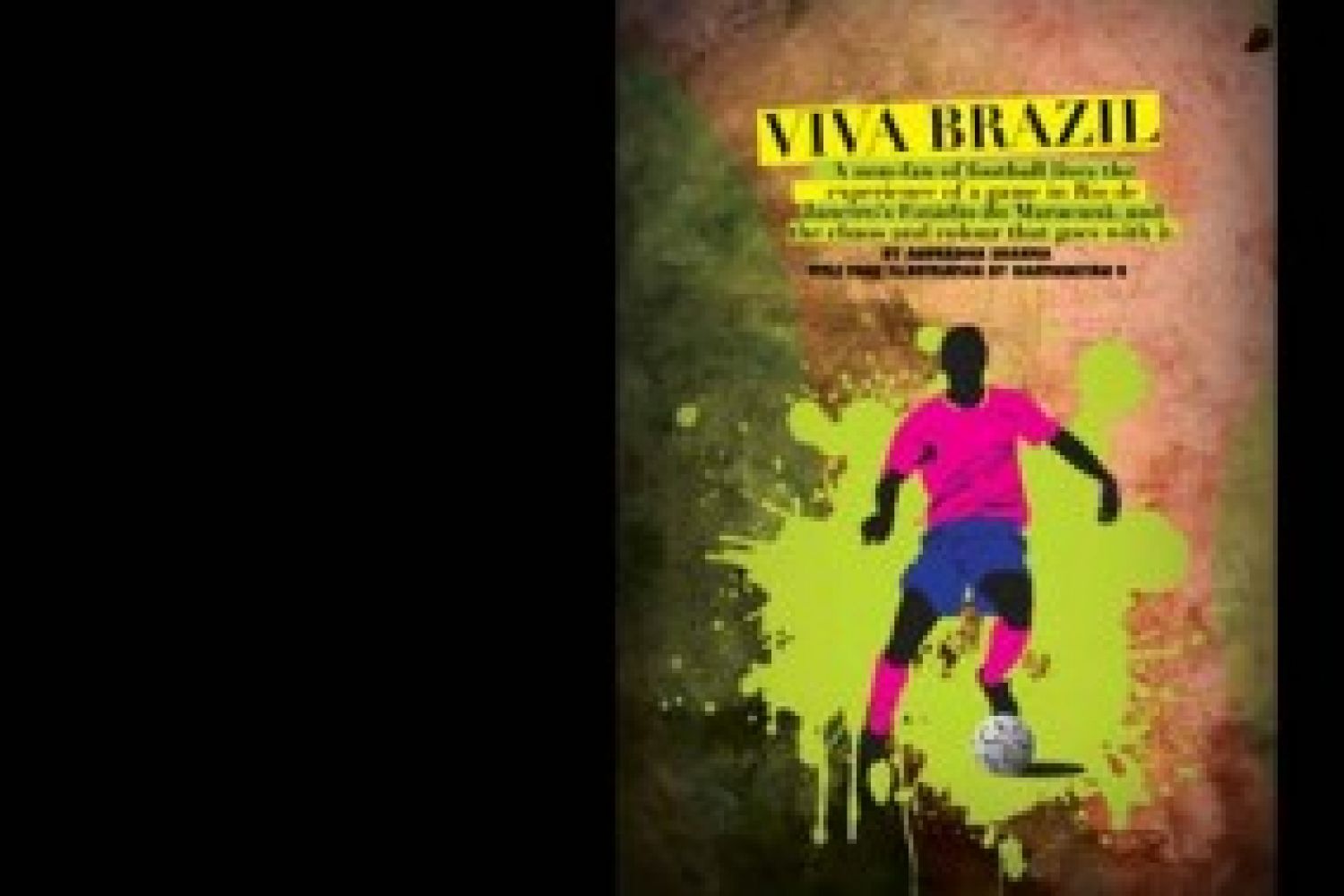
I’m not usually a big
fan of the beautiful game. But when you’re offered the opportunity to watch a
contest between two Brazilian football teams at the legendary Maracanã
stadium—the Estádio do Maracanã in Rio de Janeiro—you don’t refuse. I had to
choose between a cable car ride to the Sugarloaf Mountain and a football match
at the stadium. I put my hand up for the football match immediately. After all,
I reasoned, one isn’t required to be religious to enjoy the sandhya





